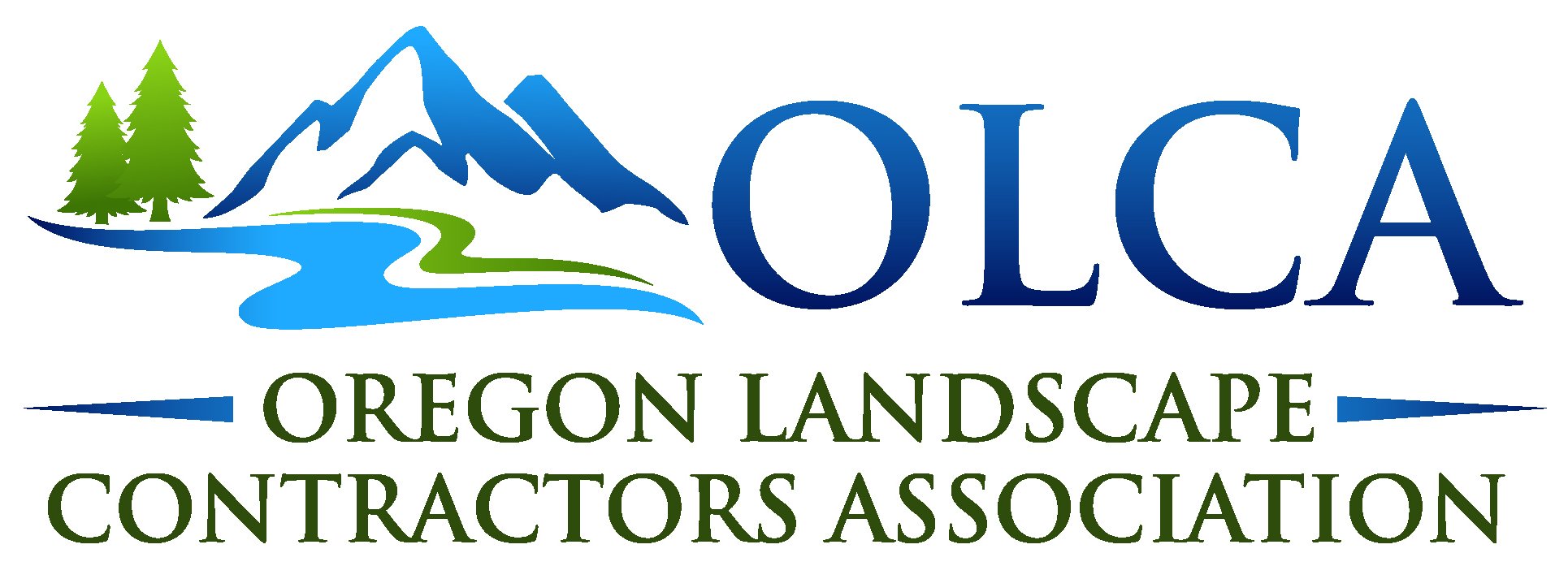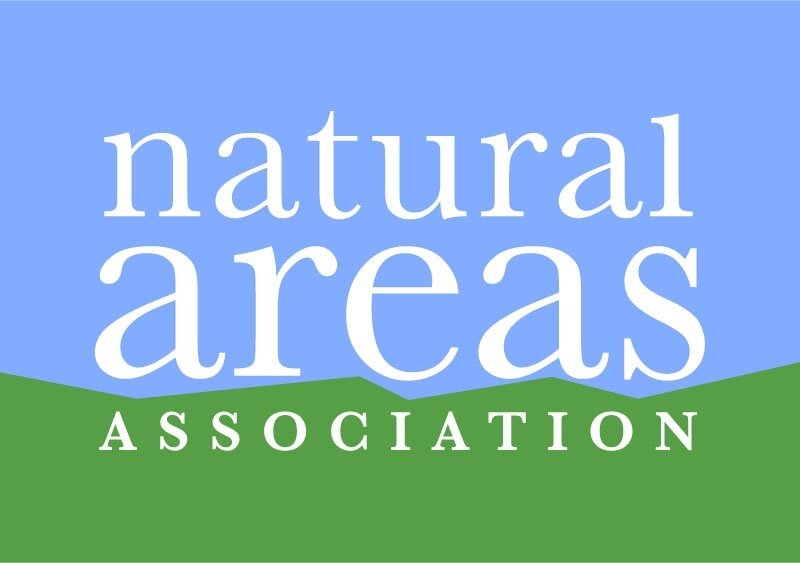The High Desert Horticultural Center (HDHC) was created to increase the appreciation and understanding of native plants, to provide research in resource conservation and the values of biodiversity in urban environments, and to provide opportunities for the public, industry professionals and future restoration practitioners to become leaders in the rapidly growing field of regenerative landscaping.
The HDHC focuses on four key issues: biodiversity, pollinator habitat, resource conservation and the human environment. We address these issues through providing education, research, workforce development, nursery production and botanical and demonstration gardens.
Biodiversity
But why is diversity important in an urban landscape? A biologically diverse planting has many benefits over a landscape with a limited number of plant types…. MORE
Resource Conservation
Conserving resources now is essential to sustaining our way of life in the future. In landscape design and construction, resource conservation can be integrated…. MORE
Human Environment
Every decision we make when designing and creating our home or planning a city affects the quality of the human environment. When we disregard the loss of biodiversity and pollinators…. MORE
THE HDHC IS A MEMBER OF THESE PROFESSIONAL ORGANIZATIONS
Help us grow the Center!
Donate
Your donation allows us to make this vision a reality! Help support the development of the High Desert Horticultural Center through your donation today, and be recognized as a founding donor in all future events and literature. Thank you!
Spread the Word
Tell your friends and family about our work and our vision. And contact us if you’re interested in hosting a fundraising event to help make the HDHC a regional resource for research and education!
Sign up to be on our mailing list and stay involved.
















